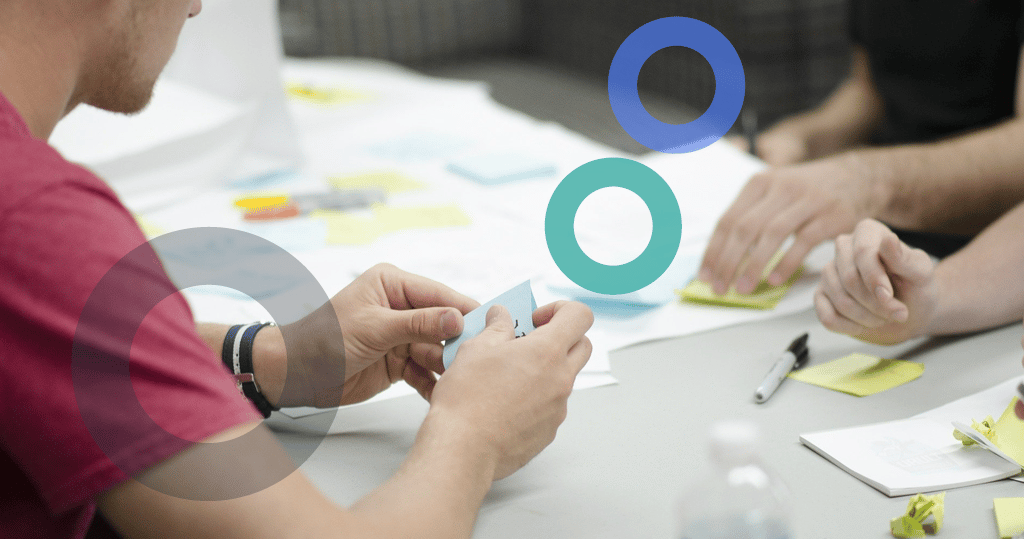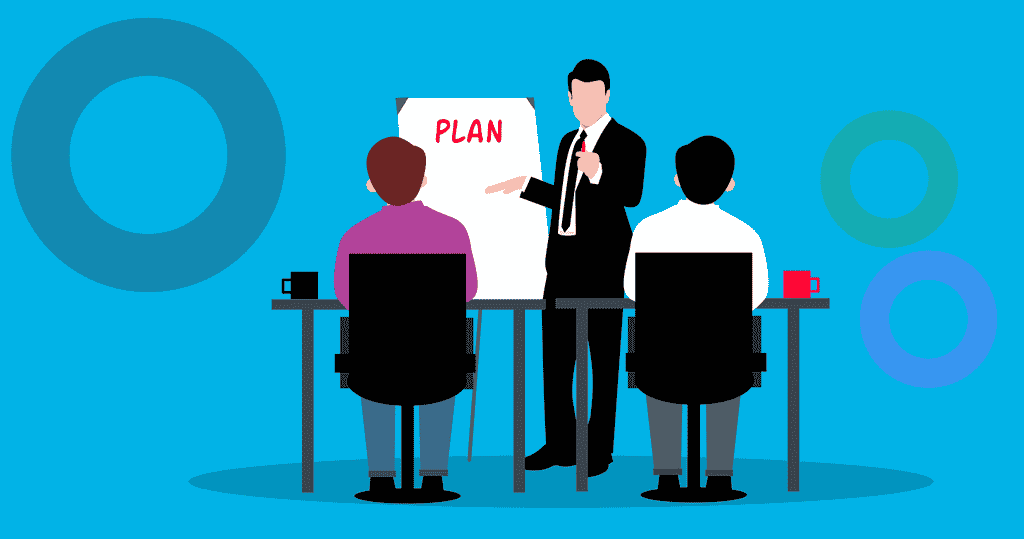Meeting Takeaways

What are the most important post-meeting takeaways? And how do you send a follow-up email after a meeting? Read on to learn more. We’ll also talk about the purpose of a follow-up email and what to include in it. After the meeting, make sure to follow up with any actions you’ve discussed. Also, the meeting leader must not forget to distribute meeting minutes and follow up with attendees to ensure the new business was completed or decisions made.
Introduction
During a meeting, takeaways are very helpful because they provide participants with fresh ideas for their next meeting. Using these items will help you involve everyone and increase communication. You can also use them to provide a refresher on your project or goals. The more involved your attendees are, the more ideas and effective teamwork will result. Read on to learn how to use meeting takeaways to make your next meeting a success.
Ensure that everyone feels valued and important. Make your meeting inclusive by waiting seven seconds after someone speaks to make sure everyone has a chance to respond. Remember that people engage in different ways, and showing up and listening are important forms of engagement. If you want to get the most out of every meeting, make it as inclusive as possible. You may also want to include the names of everyone in the meeting. Once everyone has a voice, make them feel valued.

What is the meeting takeaway?
Whether you’re running a business or a nonprofit, you need to know what to get out of a meeting. Meeting takeaways can vary, depending on the industry, stakeholder attendance, and more. Here are some examples of meeting takeaways:
Meeting takeaways are actionable items that result from a meeting. They can be informational, statistical, or self-reflection. A takeaway is the main point of a meeting, presentation, or talk. A key takeaway is a key idea or concept that a participant or audience can use. For example, if the meeting was about how to make a certain product, a key takeaway is a new strategy. Key takeaways are actionable items that can help move a business forward.
Why is it important to follow up?
Following up after meetings is an essential part of the meeting process. It serves two purposes: to remind attendees about the goals and action items of the meeting and to monitor progress. Sometimes the following up after a meeting can take place on several occasions to keep the project on track and to ensure that the team remains on track. Follow-up is rarely a one-time task, and it is important to make sure that you follow up regularly.
One reason to follow up after a meeting is to show appreciation for the people who attended. A follow-up email can summarise the content of the meeting and reinforce good feelings. Additionally, it will remind attendees of key points and remind them of the reasons they came to your meeting. If you want to be remembered as a positive, effective communicator, follow-ups are essential. It is critical that you show your appreciation and your best interest to ensure that your clients are satisfied with your work.
What is a meeting follow-up email?
A follow-up email is an opportunity to provide additional value and to build a connection with the recipient. You can use the opportunity to mention any experience in the same industry that might be useful to the person who received the initial email. The follow-up email should be brief, containing only pertinent information.
When writing a meeting follow-up email, remember to review the meeting’s content. You should summarize any decisions and action items made during the meeting. Identify and highlight any emphasized points. You may also want to use bullet points to emphasize certain points. Lastly, make sure to thank people for their time and participation. You’ll be able to show that you value their input and look forward to working together again.
A meeting follow-up email can include a thank-you note for attendees, a recap of the meeting, and any action items that were agreed upon. It can also include a call to action, so people know what they need to do next. This will hold people accountable, and it’s an easy way to keep in touch. It also makes it possible to refer back to the email whenever needed. Remember that every situation is different.
How to send a meeting recap?
How to send a meeting recap email? Meetings tend to last forever. During a meeting, countless slides and presenters come and go. This often means there is a great deal of information that is not easy to digest. Thankfully, there are ways to make sure your meeting attendees know what happened, and they can also use the meeting recap as a good historical record.
When writing an email, remember to be formal and respectful. While writing a meeting recap, it’s important to analyze what happened in the meeting and summarize the most important points. You can do this by using the meeting notes. It is also a good idea to use software to make it easier to summarize important points. Make sure you have a template that you follow. After creating a meeting recap email, take the time to proofread and edit your document thoroughly.
What goes into the body of a post-meeting follow-up email? Ideally, your post-meeting follow-up email reflects the dynamics of your team, and you should provide your prospect with any resources or recommended next steps. Your follow-up email should also provide relevant educational resources.
What belongs in a post-meeting follow-up email? Your email should summarize the key takeaways and objectives of the meeting. You might include supplemental documents or answer questions that came up during the meeting. Whether your follow-up email contains a list or a detailed narrative, it’s essential that you send a follow-up email to everyone involved.
While it’s tempting to include as much information as possible in your follow-up email, keep the content to a minimum. The length of your follow-up email depends on the type of meeting you attended. For example, a short project update meeting, or an in-depth strategy session, will reflect the length of the follow-up email.
When following up with a new prospect, you should remind the person you met by jogging their memory. Include a brief recap of the conversation and its main takeaways. It also helps to include some relevant information that may not have been covered during the meeting. You can also use this opportunity to introduce yourself to other contacts in the same industry. Moreover, if you’re confused, you can look for follow-up email templates online!
What are some examples of takeaways?
In business, the key takeaway from a meeting is the conclusion of the meeting, as well as action items that need to be addressed in the next meeting. Meeting takeaways are usually communicated in the form of a summary email so that the team can easily remember the main points. They also serve as a reminder of the expectations of the meeting. To be successful, a key takeaway must be something that makes sense to the entire team.
Successful meetings are not long and they have clear actionable takeaways. Whether they are short or long, they should leave attendees feeling like they’ve learned something and will implement that information.

Why is post-meeting important?
The post-meeting review is a valuable way to answer questions and set the stage for continuous improvement. If the meeting was a success, it can be repeated or modified. To facilitate the post-meeting review, create an effective summary document and send it to all attendees or stakeholders.
In addition to summarizing the meeting discussions, post-meeting notes should provide a reference point for action points and decisions made during the meeting. It is usually the results of the decisions that are made during the session that determines the effectiveness of the meeting. Post-meeting notes will reduce wasted time later on.
What is a post-mortem process?
A post-mortem meeting is an opportunity to assess a project and its elements after it has been completed. It is also a great opportunity for members of a project team to express their opinions, even if they aren’t very vocal. However, it is important to know what to do during a post-mortem meeting, so it doesn’t derail the meeting or its participants.
If the meeting is not productive, there are a few things you can do to ensure that you get the most out of the session. First, the facilitator doesn’t voice their own ideas, but they should encourage others to participate. The facilitator should be able to bring out the contributions of the incident commander, project owner, and any other meeting attendees. He or she should challenge the team to see things from a different perspective and clarify their insights. Second, the facilitator keeps the meeting on topic and on time. Avoid talking too much, or dominating the entire meeting.
Lastly, the post-mortem meeting should have a list of the key takeaways from the project and information related to future meetings. This will help the project manager determine whether there are areas for improvement for the next project. Once the post-mortem meeting is completed, participants can focus on defining the key takeaways and the action items that are important to them.
How do you write a note after a meeting?
The most important thing to remember when writing a note after a meeting is to create action items. This will ensure that you are getting the most out of your meeting time. You can also include dedicated space for ideas or jotting down your notes quickly. However, you should not copy what is said word for word. Instead, make sure to focus on the key points, outcomes, and next steps.
Include all the important information that came out of the meeting. Make note of any tasks assigned to specific employees or clients. You should also include any important announcements or the next meeting date. Also, try to include the due date for the action items. You should also keep in mind that it is hard to write down all the important details in a note, so write down the most important information. After all, you don’t want to leave anything unclear after productive conversations or a business meeting.
yowork.io
As you can imagine, we are not just writing about this stuff because we felt like it, but because we want to help you since we have a solution for the situation. And that one is called yowork.io!
As a remote worker, you probably once in a while face the situation of working remotely or having meetings with remote workers. So like it or not, you will have to deal with it! But you can easy your life working with colleagues remote and/or on premise by using a tool that helps you manage all of these aspects of nowadays teamwork in one place.
From meeting management and task management to shared workstreams – yowork.io helps you to add engagement to teamwork and spark new creativity! Boost productivity in your organization! Keep your teams engaged! Make it more fun working in your organization and master the art of effective meetings – on premise or remote!
We do not replace, but integrate with other collaboration tools like Microsoft Teams and Google Workspace, but adding freakin’ productivity to them! Check it out with your personal forever free account!
Summing up
After the meeting, you’ll want to make sure everyone is clear about the outcome and meeting agenda. If a meeting isn’t accompanied by follow-up emails, it’s not enough to send an email. Meetings are a good time to air concerns and get on the same page. Team meetings can be fun and engaging, and they’ll help you achieve your goals. It’s also important to note that meeting takeaways are sometimes the best way to sum up, and make your meetings productive.
all images Pixabay





